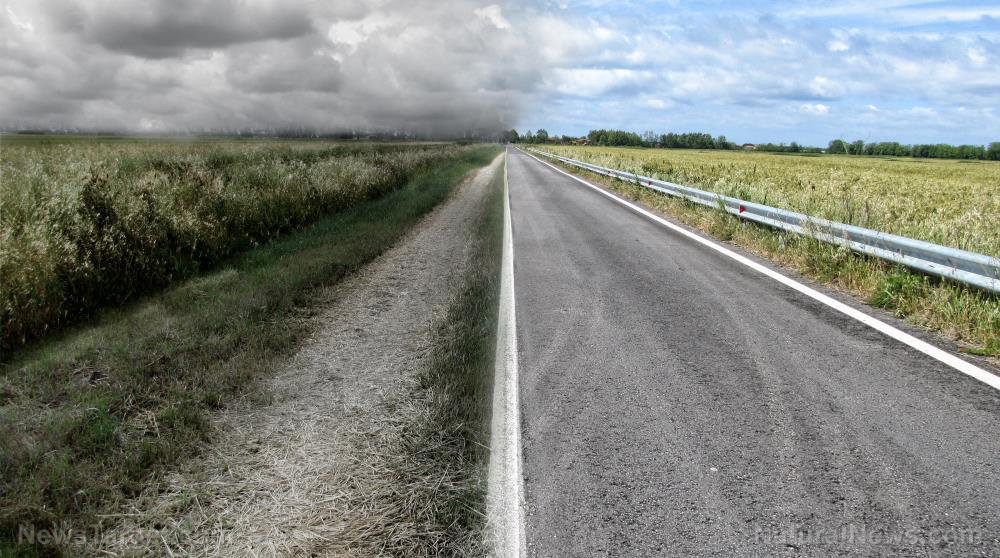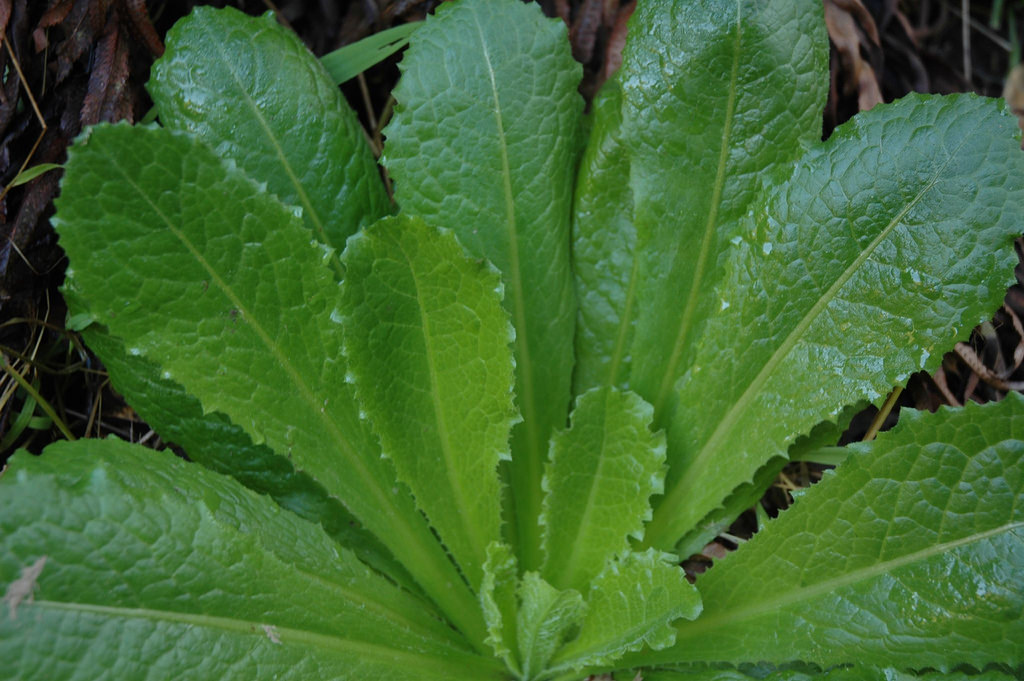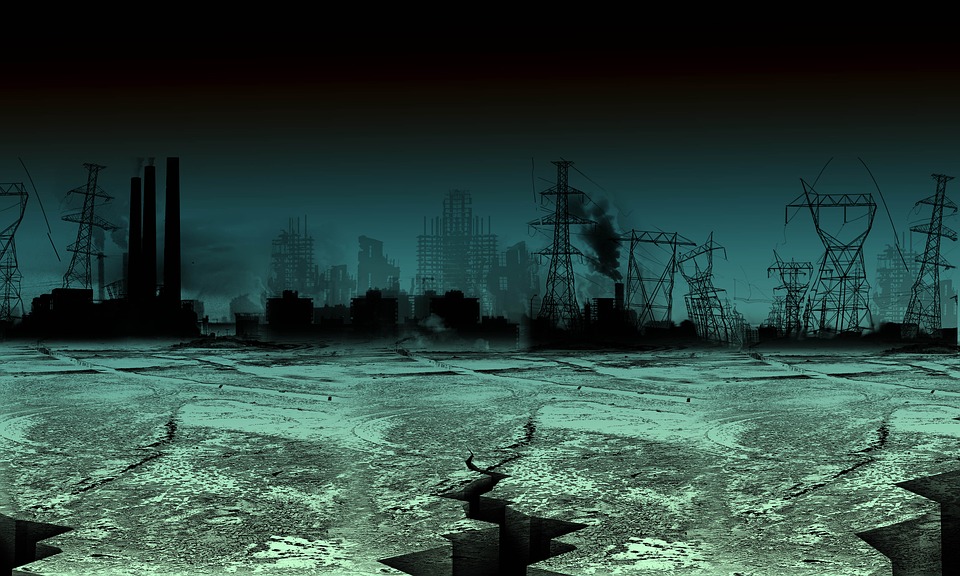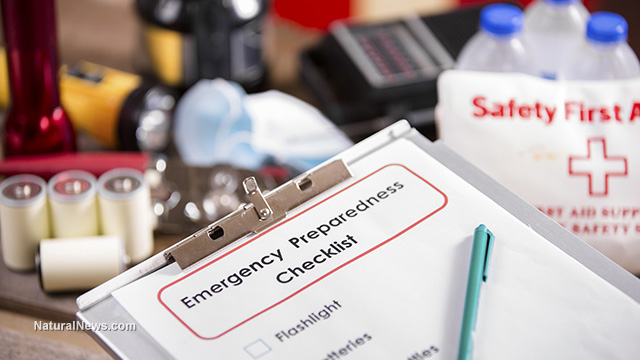How to predict the weather by looking at nature
03/29/2019 / By Rhonda Johansson

Our ability to track weather thanks to various apps is nothing really to brag about. Meteorologists and the latest weather apps may provide forecasts based on educated guesses, but really, everything’s up in the air – pun intended – when it comes to understanding nature.
And what will you do when SHTF and those apps no longer exist? One prepping skill a lot of us have forgotten about is looking for – and understanding – the signs from nature of changing weather. Certain weather patterns can be observed and show you what you can expect.
Look at the sky

Clouds are the most obvious signs of coming weather.
- Rain clouds tend to be lower to the ground. If you notice clouds being generally high, you can expect fair weather.
- Nimbostratus clouds are dark clouds that hang low and are usually associated with rain.
- Cumulus clouds are bright white and look like cotton. Cumulus clouds are vertically-developing clouds and can, therefore, look like “towers.” These can indicate the possibility of showers later in the day.
- Cumulonimbus clouds are dense, towering vertical structures and are indicative of a coming thunderstorm or other severe weather.
- Cirrus clouds, which are stringy, fluffy clouds, may mean bad weather within the next 36 hours.
- Altocumulus clouds look like “fish scales” and are another indicator of bad weather within the next 36 hours.
- Cirrocumulus clouds are small, puffy clouds that come in rows. This may mean that cold weather is coming.
- Mammatus clouds, as their name suggests, look somewhat like mammary glands and look like a pattern of pouches hanging underneath the base of a cloud. They may indicate an upcoming thunderstorm.
Sponsored solution from the Health Ranger Store: Lab-verified Nascent Iodine solution is a dietary supplement that provides your body with supplemental iodine to help protect your thyroid during radiation exposure. Nuclear accidents such as Fukushima (or nuclear war) can expose your body to radioactive iodine-131, a dangerous radioisotope. Pre-loading your system with stable iodine occupies the iodine receptor sites on your organs, causing your body to naturally expel radioactive iodine you may have been exposed to through air, food, water or milk products. This defensive strategy is recommended by nearly all health authorities, worldwide, including the Nuclear Regulatory Commission. Discover more at this link.
Other indications of bad weather may include the following:
- Rainbows are a good indicator of rain. Rainbows west of you may indicate that rain is on the way, as weather patterns typically move from west to east. If the rainbow is east of you, the rain has probably already passed.
- Look for rings around the moon. These halos are caused by the refraction, reflection, and dispersion of light through ice particles, indicating an upcoming snowstorm.
- A red sky in the morning tells you that dry air has already passed and that rain or snow is coming.
- If you are experiencing a red sunset, it may mean that a high-pressure system is on its way.
Observe animals

Animals are highly attuned to Mother Nature. Closely observing both domestic and wild animals can give us clues on what to expect.
- Deer, elk, and other large game animals will move to lower elevations when snow is coming. If you notice these animals migrating to lower elevations earlier than expected, it may indicate severe weather.
- Bats flying around in the evening is usually an indicator of fair weather the next day.
- Frogs are highly sensitive to rain. When you notice them croaking more, or generally being noisier, you can expect rain.
- Spiders also come down from their webs right before rain begins.
- Birds likewise give a good indication of bad weather. If you notice them flying high, chances are there will be fair weather. If they are flying lower, you can expect rain.
- Cows appear nervous before an oncoming storm. They try to prepare for this by seeking shelter. If they cannot find any, they will lie down in groups in a field. The same holds true for sheep. Sheep may gather together in a tight group before a storm.
Even if you aren’t planning on being a prepper, it is still good practice to be aware of your surroundings. The observations written above are the collected wisdom of many people who depend, or have depended, on the weather for their livelihood. They are just as useful today as they were centuries ago.
This isn’t the only preparedness guide on nature that we have. Preparedness.news has got you covered for all your survival needs.
Sources include:
Tagged Under: Climate, environment, homesteading, nature signs, Off-the-grid living, preparedness, prepping, survival, upcoming weather, weather forecast, weather indicators, weather predictions, wilderness survival



















